Laurie David: An activist for The Family Dinner
May 19, 2011
Laurie David has taken the world by storm with her latest book, The Family Dinner: Great Ways to Connect with Your Kids, One Meal at a Time. Best known for being an environmental activist, her previous books include The Down-to-Earth Guide to Global Warming and Stop Global Warming: The Solution is You. She also co-produced Al Gore’s An Inconvenient Truth! With all these green accomplishments to her name, we couldn’t wait to find out what motivated this iconic woman to start advocating for the family meal. Indeed, her new book has already garnered rave reviews. The Family Dinner is a timely, practical guide that provides overwhelmed families with the tools, recipes, and even the reasons, for a regular family meal together. Here we catch up with Laurie by phone in LA to find out what inspired her to get behind the family meal.
BT: You have a strong background in environmentalism. What led you to switch gears and to co-author The Family Dinner? Do you see a connection between eating together and environmentalism?
LD: At first I almost didn’t write this book because it’s so off the track for me to be writing about family dinners! But I had an epiphany: Every single issue I care about crosses the dinner plate. My children’s health, the environment, what we’re eating and where we’re eating. I realized that the kitchen actually is the greenest room to practice and to teach green values.
BT: We noticed you’ve linked to the Edible Schoolyard and Meatless Monday on your website. Can you tell us why these initiatives are important to you?
LD: Both of these represent two things I think are important. The first is improving the food in schools. We need food to be more nutritious or we’re going to be in serious trouble. We can’t expect kids to eat processed foods and also expect them to grow into healthy adults. The second, Meatless Monday, is important simply because it’s unsustainable and unhealthy to eat the amount and kind of meat we’re eating in North America. I believe it’s very important to remember that when we eat something, and respect what we eat, we enjoy it more.
BT: What are some of the influencers in your own life that led you to write The Family Dinner?
LD: This really is such a personal book for me. Actually, everything described in this book, I’ve done in my own home. All the ways I have gotten my family to the table and kept them there are in this book. It’s a book of successes. I wrote it to tell people to hold on with your life to this ritual, this joy of the day, the sitting down to eat the meal together. This is the thing that all the hard work we do is for! Yet, our culture is pushing us away from the table and into the car. But we’re not going to get in the car what we get around the table. People take for granted what actually goes on at the dinner table. This is where we teach children how to listen, to have a conversation, to debate and discuss, where they learn vocabulary, portion control, to show respect for the person who prepared the food. This is where self-esteem develops. Everything happens around the table.
BT: We couldn’t agree with you more! In fact, these are some of the reasons we started Better Together.
LD: I’d just like to add an important point that relates to your previous question. Emory University did some research on why the dinner table is so powerful and found that it is the number one place where family stories and history are passed on. Emory’s study showed that in fact, it’s this knowledge of where a child’s family has come from that is what helps builds resiliency.
BT: Can you tell us about some of your own meal traditions at home with your kids?
LD: Well, as far as I’m concerned you can’t have too many rituals! At my home we started with Taco Tuesday. My girlfriend and I would get together every Tuesday and make tacos with our kids. It was great. The kids would wake up on Tuesday so excited for Taco Tuesday, which helped make dinner an event and a celebration. Now we have tons of rituals: Shabbat Friday, Sunday Chinese food, you name it!
One important ritual in our home is dessert. It doesn’t have to be huge—just a little square of chocolate and tea or cut fresh fruit. This ritual helps put boundaries around the meal, so the kids don’t rush though the main course. They aren’t going anywhere—we’re all there until dessert! This gives us more time together.
BT: Can you share one of your fave go-to recipes with us?
LD: I love breakfast for dinner. I’ll whip up some eggs, with kale and broccoli and that’s one of my favorite go-to meals. Another favorite recipe of mine is I’ll make two cups of white beans on a Sunday and make three meals out of that. So when we come home late, and there’s not a lot of time, all I do is throw a little olive oil, chopped garlic, chopped kale and voila. I always have beans in the fridge. I especially like knowing that the time I put into making our dinners will give me lunches too!
Here is a recipe from Laurie’s cookbook, for Savory Sausage and White Bean Stew (she also provides a veggie alternative.) Enjoy!
Laurie it was so great talking with you! Laurie left us with a few tips for staying inspired to cook and eat together. She recommends the Family Dinner Download which can be found every Friday on the Huffington Post as a great source for dinner conversation starters. She also made us promise to watch this documentary: Forks Over Knives. If you check it out, let us know what you think here!
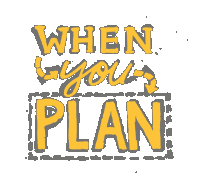



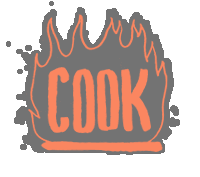
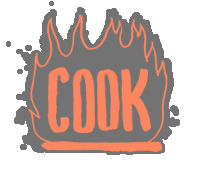
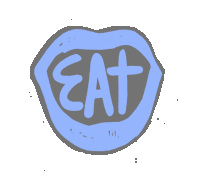
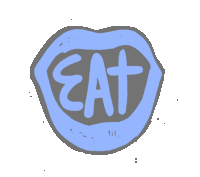


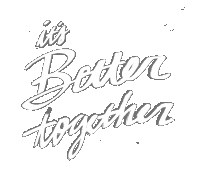
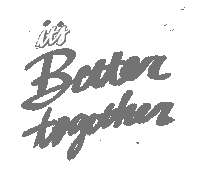

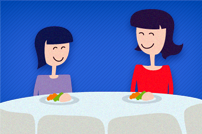

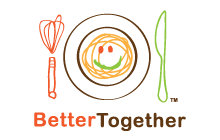
(0) Comments